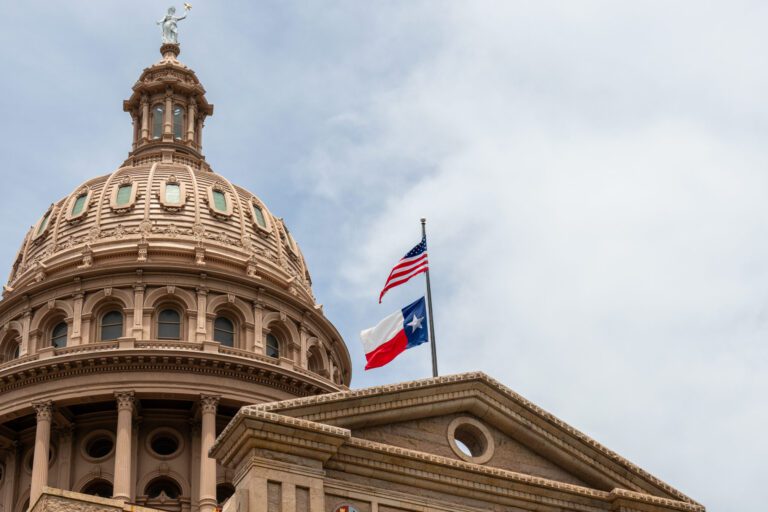Texas Governor’s Redistricting Plan Faces Legal Challenges Ahead of 2026 Elections
The contentious redistricting strategy spearheaded by Texas Governor Greg Abbott is back in the spotlight after the U.S. Supreme Court intervened in a crucial legal battle. This comes after a lower court found that the state’s new congressional map may constitute an unconstitutional racial gerrymander.
Supreme Court’s Temporary Stay on Redistricting Ruling
On Friday, Justice Samuel Alito issued a temporary stay on the federal panel’s ruling, which had blocked the implementation of the map drawn by the Republican-controlled Texas legislature. This decision allows Texas to use the GOP-favored congressional map in the upcoming 2026 midterm elections, pending further review by the full Supreme Court.
Key Points of the Supreme Court’s Decision
- Immediate Suspension: Justice Alito’s order halts the lower court’s decision while the Supreme Court evaluates the situation.
- Response Requested: The Supreme Court has asked map challengers to respond by Monday.
- Potential Impact: The temporary stay is crucial as Texas approaches primary elections, with candidates needing to file their applications by December 8, just 91 days before early voting begins.
Background on the Redistricting Controversy
The redistricting plan is seen as part of a broader "arms race" between Republican and Democratic states, each vying to manipulate congressional lines to their advantage. The legal tussle began following a rare mid-decade redistricting campaign initiated under pressure from former President Donald Trump. The new map aims to give the GOP five additional House seats, changing their representation from 25 to 30 out of Texas’s 38 congressional districts.
Legal Findings Against the Texas Map
- A three-judge federal panel ruled 2-1 that the map was likely discriminatory.
- The panel directed that the 2026 elections would proceed under the map enacted in 2021.
- U.S. Judge Jeffrey Brown, in his majority opinion, identified substantial evidence of "racial gerrymandering."
Reactions to the Supreme Court’s Decision
The Supreme Court’s ruling has elicited strong reactions from various fronts, including Democrats and civil rights organizations challenging the map on behalf of minority voters.
Voices of Dissent and Defense
- Gene Wu, Texas House Minority Leader, remarked, “A federal court just stopped one of the most brazen attempts to steal our democracy that Texas has ever seen.”
- In response, Governor Abbott labeled the court’s reasoning "absurd," asserting that the new map reflects Texans’ conservative voting preferences without any racial considerations.
Legal Perspectives
- Texas Attorney General Ken Paxton defended the redistricting, suggesting it falls within permissible partisan boundaries. He criticized Democrats for "crying foul" as they lose elections.
- The lone dissenter on the panel, Judge Jerry Smith, condemned the majority for what he termed a blatant instance of judicial activism, calling it a "prime candidate" for a "Nobel Prize for Fiction."
Conclusion
As the legal saga unfolds, the outcomes of these court proceedings could significantly impact the political landscape in Texas ahead of the 2026 midterm elections. The redistricting dispute highlights ongoing tensions around election integrity, representation, and the role of partisan influence in legislative processes.
Additional Reading
- For more on redistricting and its implications, visit the Brennan Center for Justice.
- For insights on political gerrymandering in the United States, check out this article on NPR that breaks it down for a wider audience.
By staying informed on these evolving legal debates, voters can better understand how redistricting may shape their electoral choices and future representation.


